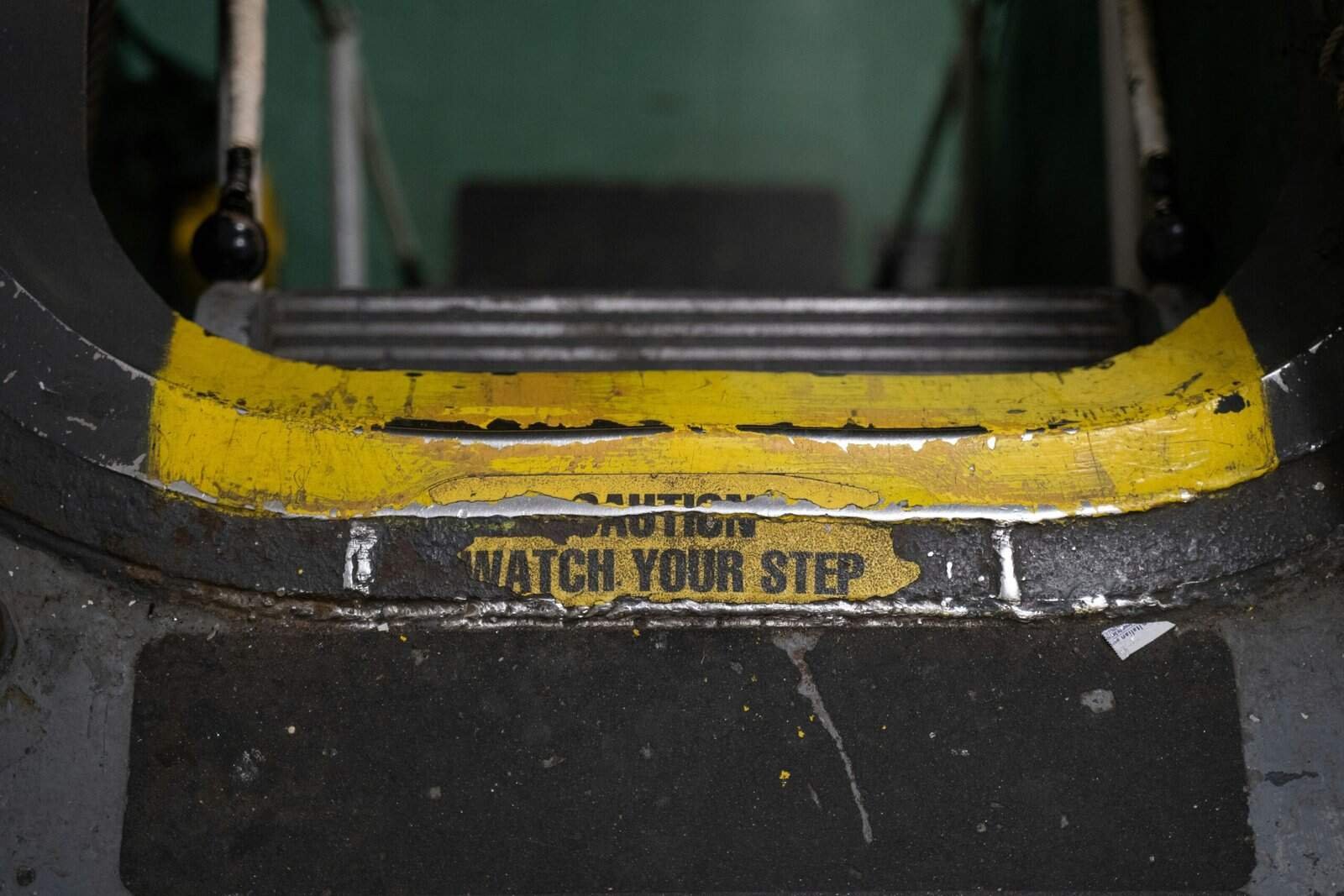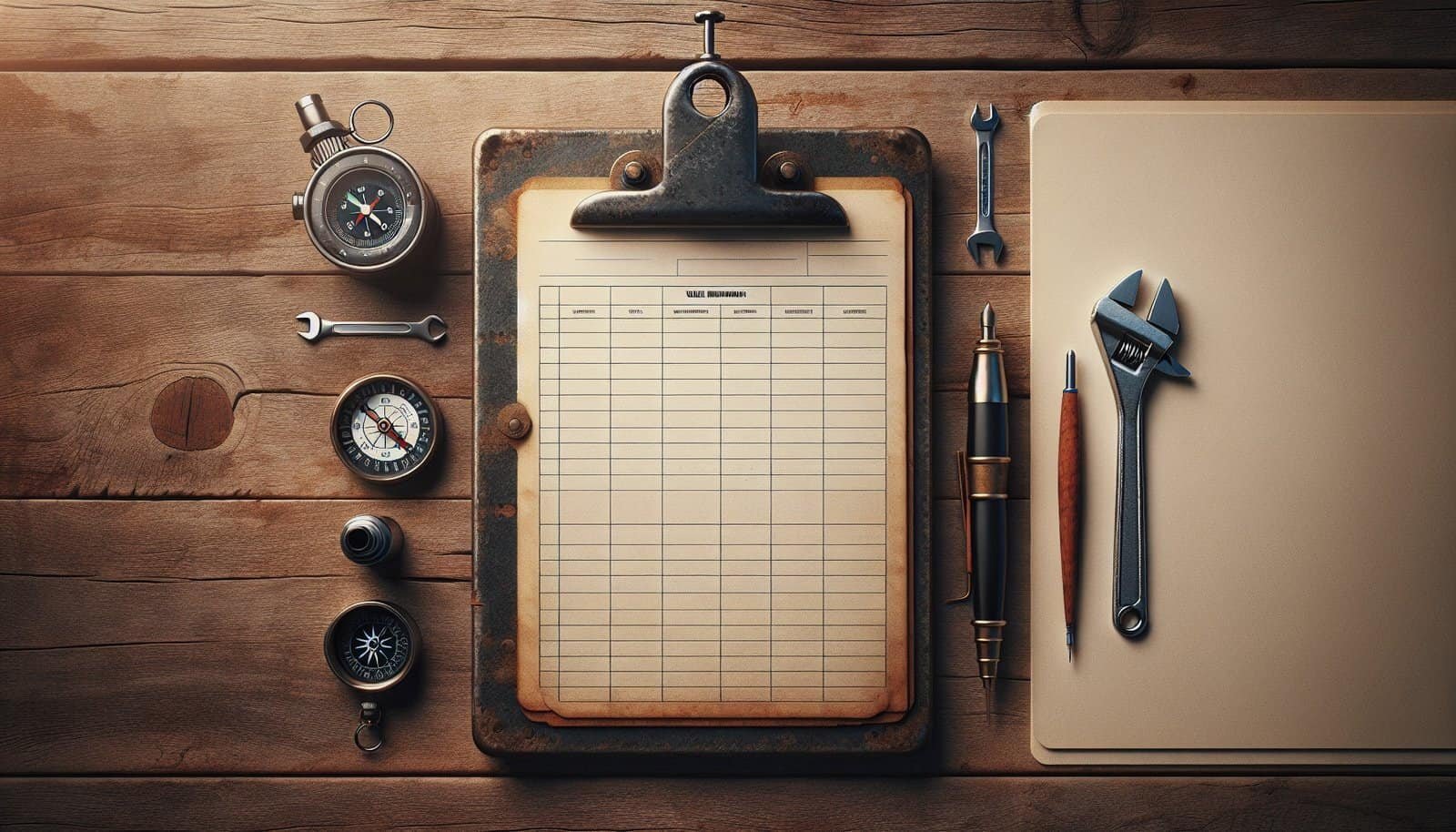Have you ever wondered where you can get templates for well maintenance logs? Ensuring that your well is properly maintained is crucial to extend its lifespan and guarantee a consistent water supply. Maintenance logs allow you to track what has been done to your well, ensuring that you don’t overlook any vital aspects.
Importance of Well Maintenance Logs
Well maintenance logs serve as a structured record of all activities and inspections related to your well over time. They help in scheduling regular maintenance tasks, documenting repairs, and identifying recurrent problems. By maintaining an accurate log, you can prevent costly repairs or even well failure.
Benefits of Maintaining Well Logs
Keeping well logs isn’t just about keeping records. It’s about ensuring peace of mind and the smooth functioning of your water supply. Here are some key advantages:
- Identify Patterns: Logs help in identifying recurring issues and patterns, making it easier to prevent future problems.
- Guide for Technicians: When professionals need to inspect or repair your well, a detailed log provides critical insights into past maintenance and issues.
- Legal Protection: Having a maintenance log can be a legal safeguard if there are disputes regarding water supply or well conditions.
- Investment Value: If you choose to sell your property, potential buyers will value a well-documented maintenance history.

Where to Find Well Maintenance Log Templates
Finding the right template for your well maintenance logs can make your documentation process much simpler. Whether you prefer digital formats or printed logs, numerous options are accessible.
Online Resources
The internet offers a plethora of templates specifically tailored for well maintenance. Here are a few places you can check out:
- Specialized Websites: Websites dedicated to water management or maintenance services often provide free templates. Look for sites focusing on water wells.
- Template Libraries: Sites like Microsoft Office Templates provide customizable templates that you can adapt for well maintenance logs.
- Community Resources: Online forums or groups dedicated to well maintenance can also be valuable resources. Members often share their templates or offer advice on creating effective logs.
Local Organizations
Local water management organizations or agencies sometimes offer resources for well owners.
- County Extension Offices: These local offices often have references or materials related to well water management, including maintenance logs.
- Environmental Agencies: Check with local environmental agencies. They often have templates or can guide you to proper resources.
Professional Services
If you employ a well maintenance service, ask them for recommendations. Many professionals will provide a template as a part of their standard service package.
- Maintenance Companies: Some companies include documentation services in their packages, providing you with structured templates.
- Consultants: Water management consultants can tailor logs to include specifics relevant to local conditions and regulations.

Key Components of a Well Maintenance Log
When choosing or designing your well maintenance log, it’s important to include certain key components. These will ensure that your log is comprehensive and useful over time.
Basic Information
Start with basic identifying information about your well:
| Component | Details |
|---|---|
| Well Location | Exact location on your property |
| Well ID Number | Unique identifier for tracking |
| Installation Date | Date your well was first operational |
| Drilling Company | Name of the company that drilled the well |
Maintenance and Repairs
This section should include details of all maintenance and repairs conducted, along with dates and technicians involved.
- Date of Service: When maintenance or repair was completed.
- Service Performed: Description of the work done.
- Service Provider: Who performed the service, including contact details.
- Cost/Invoices: Record keeping of any costs associated with the service.
Inspection Results
Record details of routine inspections including:
- Inspection Date: When the inspection took place.
- Observations: Notes on any issues or concerns noticed during inspection.
- Follow-up Required: Any follow-up actions needed, with deadlines.
Water Quality Testing
For those who test water quality, you should record:
- Testing Date: When samples were tested.
- Results: Any significant findings from the test reports.
- Recommendations: Any recommended actions based on the test results.

Tips for Maintaining Comprehensive Logs
Having the template is just the beginning. How you fill out and manage your logs will determine their effectiveness.
Regular Updates
Make a habit of updating the log shortly after an inspection or maintenance task, while details are fresh. If postponed, small yet critical details might be forgotten.
Clear and Concise Entries
When making entries into your log, be clear and concise. Ambiguity can lead to misunderstandings or incorrect actions in the future.
Consistency is Key
Use a consistent format and terminology each time you update the log. Consistency helps anyone reviewing your logs understand the documented history without confusion.
Review Periodically
Occasionally, review your log entries to assess the overall condition of your well and decide if your maintenance strategy needs adjustment.

Digital vs. Paper Logs
Choosing between digital and paper logs depends on personal preference and circumstances.
Advantages of Digital Logs
- Accessibility: You can access digital logs from anywhere if they are stored in the cloud.
- Backup Options: Digital logs can be backed up easily, minimizing the risk of loss.
- Searchability: Searching for specific entries or dates is straightforward compared to sifting through paper logs.
Benefits of Paper Logs
- Tangibility: Some prefer the tangible nature of paper, and it’s less prone to technological failures.
- Easy Updates: Quick and easy to jot down notes without needing a device or software.

Final Thoughts
Having a well-maintained and diligently recorded log for your well maintenance activities plays a crucial role in managing and extending the life of your well. It helps not only in keeping track of past and future maintenance but also in safeguarding your water supply’s quality and reliability.
Consider what format and components work best for you, and make it a habit to keep it updated. By doing so, you’re taking a proactive step in ensuring that your well remains a reliable source of water for years to come.
